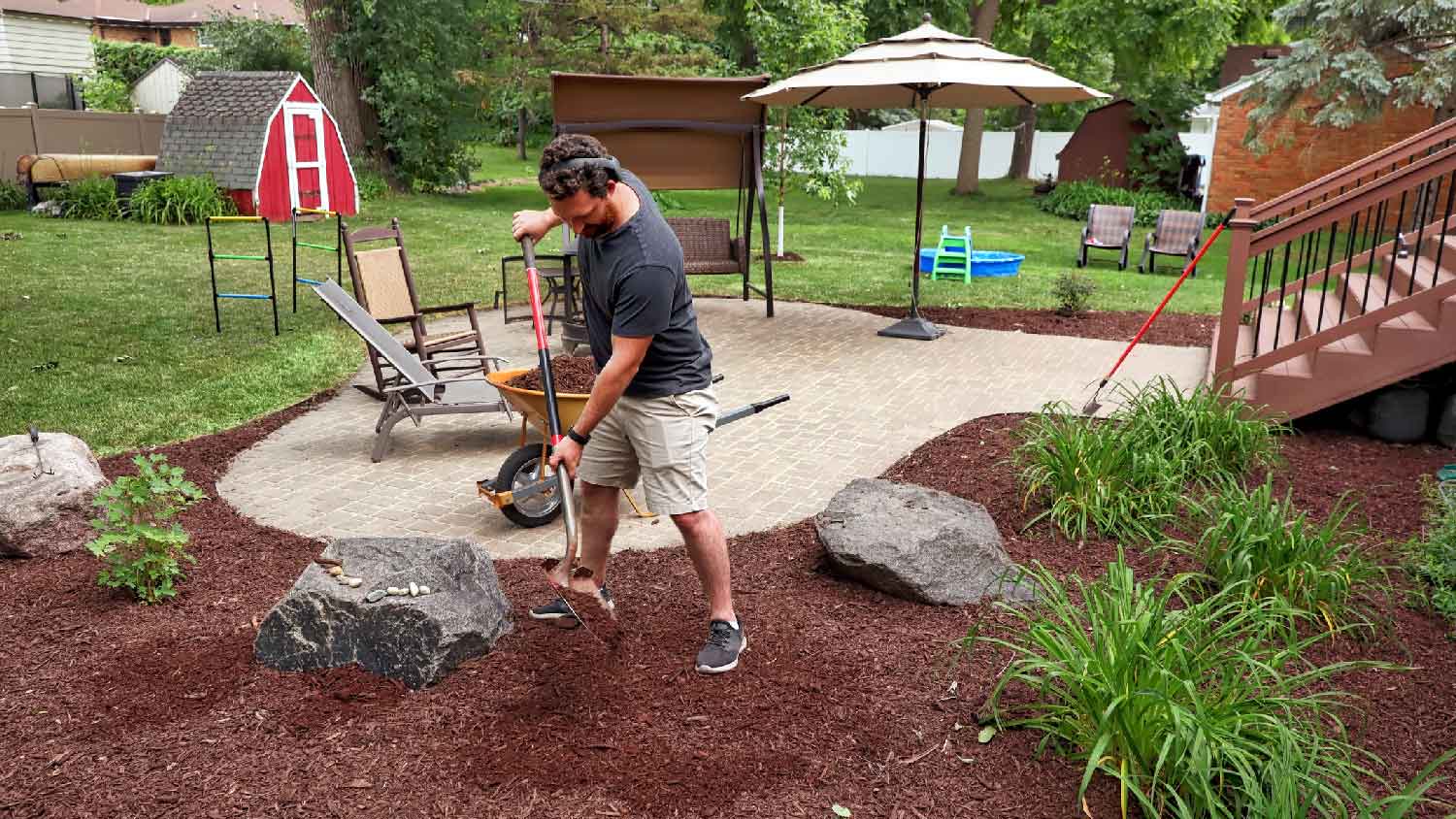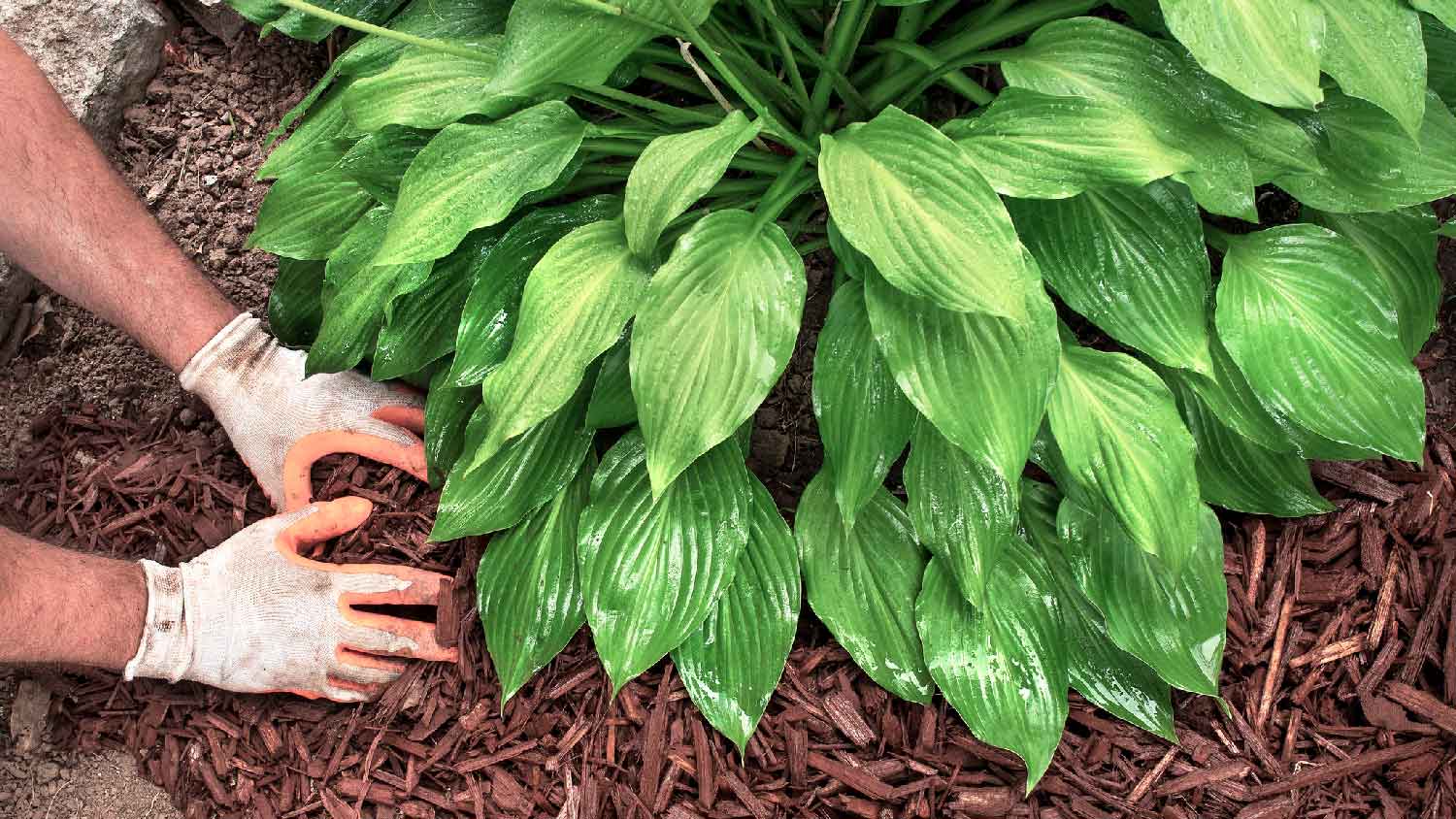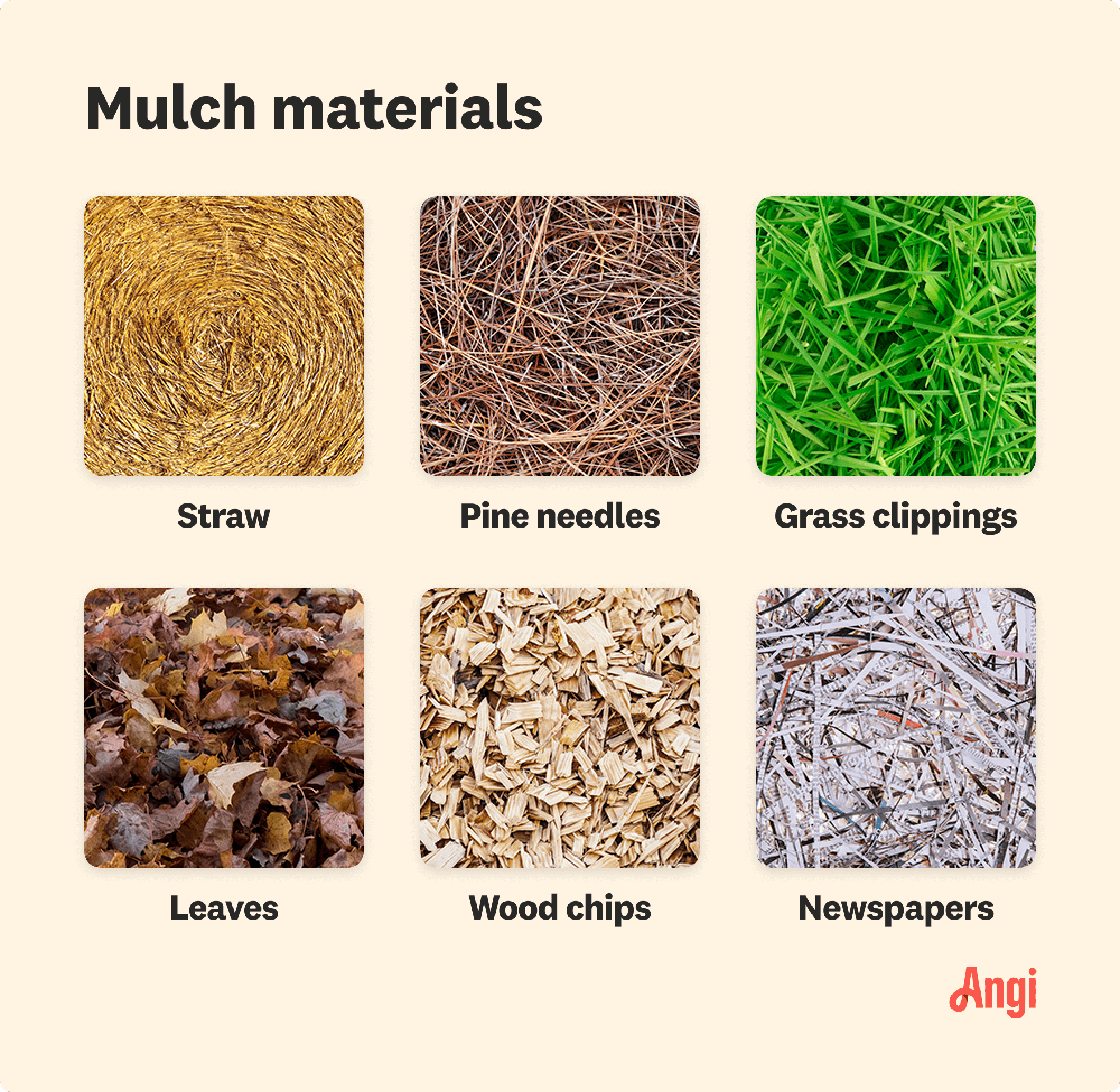
Gravel is an inexpensive paving material overall, but costs vary by type. Find out what average gravel prices will look like for your project.
For everything, there’s a season—for mulch, the season is spring


Spring is the best time to spread mulch, but there are benefits to spreading mulch during other seasons as well.
Other factors affecting when to put down mulch include soil temperature, moisture level, wind speed, and perennial growth.
Mulch helps to lock in moisture and offers nutrients for plants and soil as it breaks down over time.
The best time to put down mulch is when it will most benefit the soil and plants that grow in it. Mulch’s main job is moisture and nutrient retention, so putting down mulch when moisture and nutrient levels are high is key to a successful mulching job. Factors to consider before your mulching project include the climate and temperature, time of year, and the types of plants in the landscape.
Most garden preparation starts early to midspring, but don’t start mulching yet. Determining when you should mulch your garden comes down to when the soil temperature rises and when there’s enough moisture in the soil. The ideal time to mulch is mid to late spring, depending on your local climate and the current weather conditions.
If you’re a gardener, you know there is a time for everything—a time to plant, a time to weed, a time to water, and yes, a time to mulch. Many factors affect when to mulch, and it may seem like a balancing act trying to get it right, but if you’re paying attention, the right time will reveal itself, and these mulching tips can help.
If you live in a warmer climate, you’ll likely mulch your flower beds earlier than in a cooler climate. But there are other weather events to look out for. The best time to put down mulch is after a light rainfall rather than a downpour—if the soil is too wet, the mulch may prevent it from properly drying out. If you haven’t had rain but think the temperature is right, you can lightly mist the soil with the garden hose before laying the mulch.
Another factor is wind speed. If the winds are high, they can blow mulch right off the beds. Mulching costs can add up quickly, so watching it blow off during a spurt of high winds can be like watching money drift off into the distance. Check the weather forecast, and if you see that high winds are coming, hold off until they calm down.

Mulch keeps the soil at a healthy temperature—ideally between 65 and 75 degrees Fahrenheit for most plants. Putting down mulch while the soil is too cold will prevent the soil from warming up properly, so wait until the soil begins to warm up. Hold back on those first warm days and allow the soil to warm naturally, even if you’re itching to get your hands dirty.
Spring is the best time to mulch your flower beds, and planting flowers in mulch provides nutrients as the mulch decomposes, prevents soil erosion, and keeps the soil moist. But adding mulch during other seasons also has some benefits. If spring rains and winds cause mulch to run or blow off the flower beds, you can add more mulch in the summer to keep the soil protected and the beds looking great.
In the fall, adding mulch can protect the soil from the incoming winter weather. Once winter hits, however, the time for mulching has likely passed, especially if you live in a snowy climate.
Mulch is great for promoting plant growth, but not if it blocks growth in the first place. If you have bulbs or perennials in your flower beds, wait to mulch until they start to emerge from the soil. The types of plants in your landscape will also affect the type of mulch you use. For instance, straw suits soft fruits and vegetable plants well, while wood chips work well around flowers and trees.
There are a few bad times to spread mulch in your yard, and you should avoid them to maintain the health and beauty of your garden beds:
Before or after a heavy rain
Before high winds
Before the perennials and bulbs have popped up

Once you’ve determined the best time to mulch your yard, here’s how to lay your mulch like a pro:
Remove the old mulch
Weed the beds thoroughly and deadhead plants as necessary
Use a shovel or spade to edge along the bed
Lightly water the soil with a hose (or wait until after a light rain)
Spread the mulch about 2 to 4 inches thick
Lightly water the bed to compress the mulch slightly and help it stay in place
The cost to mulch your landscape ranges from $30 to $150 per cubic yard, and the total cost depends on the type of mulch you choose and how much you need. For instance, choosing wood chips over mulch can be more cost-effective, and using other organic materials like leaves or pine needles to make mulch can save you even more.

Mulching is a relatively easy DIY job, provided you can transport the mulch, lug the bags into place, and lift them to dump them out. This is a great project to get the whole family involved in lawn care, or you can call in a few friends to make the job faster and more fun. You can even make your own mulch out of grass clipping, leaves, or wood chips.
Hiring a local mulching company to spread mulch can cost an additional $0.20 per square foot but may be worth it to save you time and effort on mulch installation. If you choose to have the mulch delivered and spread it yourself, you can save on labor, but you’ll pay around $140 for a truckload of mulch plus delivery fees starting at $160.
From average costs to expert advice, get all the answers you need to get your job done.

Gravel is an inexpensive paving material overall, but costs vary by type. Find out what average gravel prices will look like for your project.

Find out how much a soil test costs and what you get for your money with our expert guide. Know what to budget for different types of soil tests.

Discover the average forestry mulching cost, including per-acre and hourly rates, plus key factors that impact your total price. Get expert tips to save on your project.

Looking for your next mulching material and want the full scoop on rubber mulch before you commit? Learn the pros and cons of rubber mulch here.

Different types of mulch have different uses in your landscaping. Learn which mulch types are best to use on your property.

This calculator helps you estimate how much topsoil you need, so you can purchase materials and budget for your project, whether it’s for your lawn or garden.